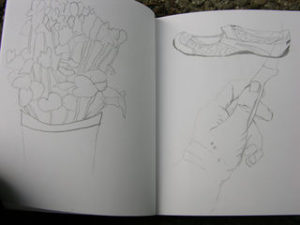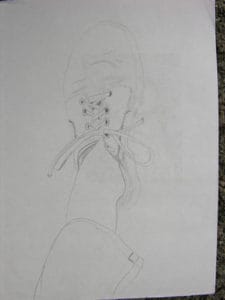When I teach, what I think about is how I’m going to create space for learning and magic, not the content. In the larger scheme of things, rich, fertile space is way more important than any piece of information. So if space is so important, why do we continue to focus on the specifics–the subject, the facts, the “thing,” rather than the space?
In his writings, Marshall McLuhan often distinguished between “figure” and “ground”:
“The figure and ground together constitute the totality of what is perceivable. However, it is the figure on which perception is focused. The figure is what appears structured, as the foreground and whereas ground appears as unstructured and background. The boundary between the two appears to belong to the figure, that is why the figure has a shape whereas the ground appears to be shapeless.”
Since our left brains like to name and categorize things, they cause us to focus on the figure and dismiss the background as unimportant. In art, the ground is called “negative space,” and experienced artists know that it’s just as important as the object that is being drawn. In Drawing on the Right Side of the Brain Edwards writes: “…the negative spaces…require the same degree of attention and care that the positive forms require. Beginning students generally lavish all their attention on the objects, persons, or forms in their drawings, and then sort of ‘fill in the background.’ It may seem hard to believe at this moment, but if care and attention are lavished on the negative spaces, the forms will take care of themselves.”
That is certainly true of teaching. Seems like it’s probably true of life as well.




